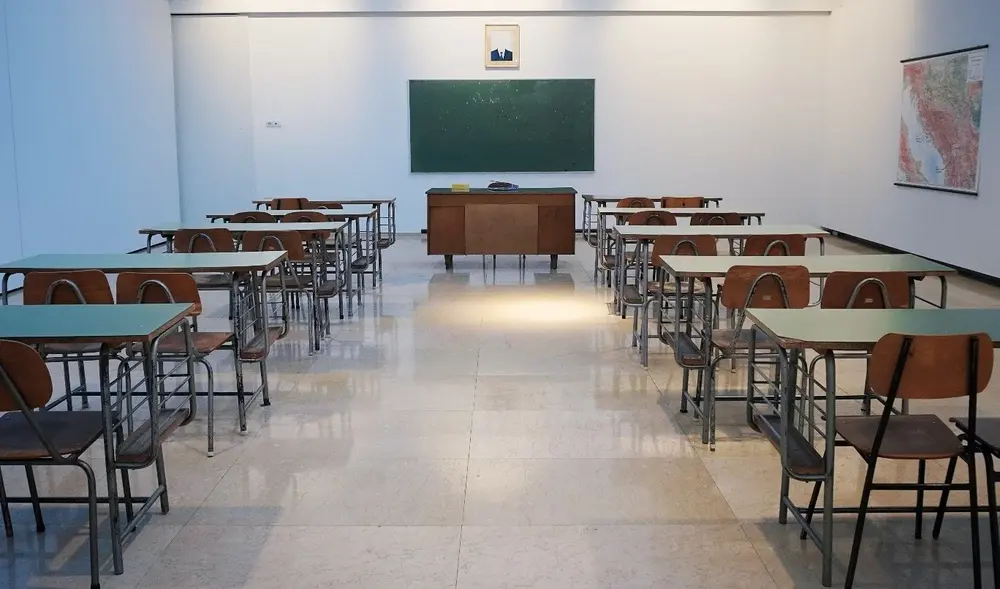Reopening schools: a challenge for Germany in Corona times

The school period in Germany is approaching its end in yet another difficult year due to the pandemics. Following the school closures in December 2020, some grades have still not returned to school, while High School students of certain states have already taken their final exams. In-person school attendance depends primarily on the Covid-19 seven-day incidence rate, namely, the number of new infections per 100,000 inhabitants in seven days.
Educational policies in Germany vary considerably, as each of the 16 federal states decides on its own educational policies. This system, which is at times already difficult to navigate, has become even more chaotic during the Covid-19 related lockdowns and the switch to online learning. However, with the amendment of the Infection Protection Act by the so-called “Corona Notbremse” (emergency brake), uniform regulations now apply in schools nationwide at a seven-day incidence of 100 or more. From an incidence of 100 on in a specific district, schools must carry an alternate hybrid-teaching model and if the incidence is higher than 165, all schools must close for in person learning. The Corona Notbremse established, for the first time, uniformly regulated criteria for school openings and closings in Germany since the pandemic started.
To understand the impact of the pandemics on students’ mental health and activities, the Institute for Economic Research (Ifo) conducted a survey in the spring of 2020. One year later, Ifo launched a second survey and the results are compared in this study, whose aim was to find out how much time schoolchildren spend studying, reading, or doing sports and what is their overall mental state. While only 6% of students in spring 2020 said they had daily lessons together via video, now 26% do. This surely is an improvement but not enough, especially if students learning time per day is 4.3 hours instead of more than seven before the pandemic outbreak. Of course, the repercussions are not equally divided among German students, as those in more need of help from poor non-academic households usually end up receiving less support. Concerning is also early childhood education of those children, who live in households where little to no German is spoken, since it may undermine their professional prospects at the German job market in the future.
The reasons for opening schools are manifold but policymakers, especially because of the virus mutations, are rightfully concerned about citizens’ general safety. However, just looking at the seven-day incidence rate may not be enough to decide on schools reopening. For that aim, a more pragmatic approach may help, like including detailed hygiene measures that include the now widely available testing capabilities. For instance, the Brandt School’s alumna Nathalie Glück (MPP 2007-2009), as the Chairwoman of the Parents Committee of her children daycare center in Mainz, worked out a concept in cooperation with a local pharmacy. In this very practical approach, children are tested once per week and thereby a safe and constant opening of the daycare center has been possible so far. Other measures are grating vaccination for teachers and staff, as well as rotating students or splitting them into small groups.
By now, the results of restarting with in-person classes are not totally known. Nevertheless, the national regulations combined to prevention measures may lead Germany to reopen schools and daycares safely and for good.
About the author
Joschua Kemper is a first-year MPP candidate at the Brandt School, specializing in development and socio-economic policies and conflict management. He holds a bachelor’s degree in international relations from the University of Groningen. His main interests are democratic governance and foreign policy.
~ The views represented in this blog post do not necessarily represent those of the Brandt School. ~